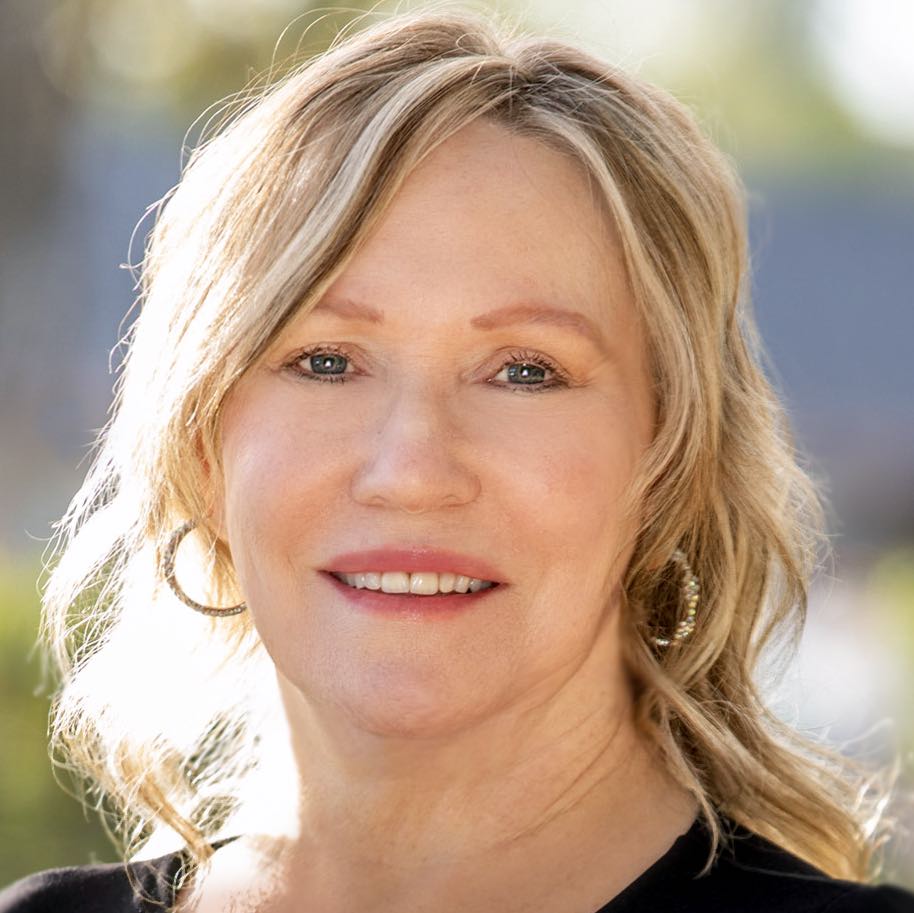4 minutes
There can be real collateral damage in mismanaging communication during succession.
Sponsored by DDJ Myers, Ltd.
Communication strategy in CEO succession is often a critical but missing element in managing the transition of leadership. Practically, the board’s focus is on answering the question “Who should be our next CEO?” and misses an opportunity to strategically manage the communication strategy. The most effective approach is to design a strategic succession process, and communication is one step in that process.
Here are some examples to illustrate the collateral damage of mismanaging communication.
- Brett is the EVP of a well-run organization and has been told by his CEO that he is the de facto successor. Monday morning he learns the board did an external, confidential CEO search. Brett now has a new boss and was never presented the opportunity to interview for the position.
- Mary is the current CEO and is developing two executives as potential CEO candidates with whom she has created the expectation that there is no need for the board to go external. The board, however, has a different agenda. Mary has done well as the CEO, but the board is reflecting that the competencies needed in the next CEO may be materially different from Mary. In the meantime, the internal candidates are being developed as a Mary look-alike. The board is not sure what it wants in a CEO, and Mary is retiring in nine months.
- Bob and Gary both want to be the next CEO, yet there has been no professional development offered. Their exposure to the board primarily consists of a five minute report during the board meeting. The board hires an external recruiter who brings in a slate of external candidates, leaving Bob and Gary feeling underappreciated and not included in the process.
- The board strategically decides what it wants in the next CEO and shares those expectations with the current CEO. Internal candidates have a structured CEO readiness development plan, at least two years in the future, with quarterly board updates. The board has communicated all along that the search will be both internal and external.
- Debbie has been groomed by the CEO to take over when he retires, and she has the trust of several members of the board. However, the board recently learned that Debbie has not earned the trust and respect of the management team: With the CEO retiring in six months, two key executives are interviewing outside the organization.
A professional strategic succession planning process is open, closed or variations of both. Most boards are hiring their first CEO. Analyzing the pros and cons and understanding the decision drivers of selecting an open vs. closed plan are important early steps in the strategic succession process.
The following questions result in unique answers for each organization and deserve a thoughtful process, perhaps facilitated by someone with organization development expertise.
- First, begin with the end in mind: What feedback do we want to hear, after the fact, about the process?
- Why start the strategic process three to five years in advance?
- What is the role of the CEO?
- What is the role of the board?
- At what time does the board announce the process has started? Why?
- How frequently should stakeholders be updated?
- How much information should be shared? Why? When? In what format?
- At what point are the internal candidates asked to interview?
- When is the best time to open the process to external candidates?
- Is it important and necessary for the board to seek input from the management team on their hopes for the next CEO?
- Does the entire board run the process or does a committee?
- Should management team members be included in interviews of final candidates? Why or why not? How much weight does their assessment carry?
- What is the role of the CEO who is also a board member?
Unanticipated collateral damage starts to manifest 12 to 18 months before the anticipated CEO transition date. Internal candidates start answering calls from recruiters and are more likely to consider external opportunities if there is not a viable communication strategy that informs them of their potential for consideration.
The board and the CEO need to be aligned regarding the strategic process, roles and responsibilities, expectations and communication. Design your strategic succession planning process well before the need arises. The earlier this important conversation is started, the more choices are available and the better the outcome.
Deedee Myers, Ph.D., MSC, PCC, is CEO of CUES Supplier member and strategic provider DDJ Myers, Ltd., Phoenix. DDJ Myers, Ltd. is committed to supporting credit unions with exemplary products and services for board development and governance, strategic planning, executive search, executive compensation advice, and succession planning. The firm’s leadership coaches provide top tier executive and board coaching and facilitation of individual, organization and board assessments.






